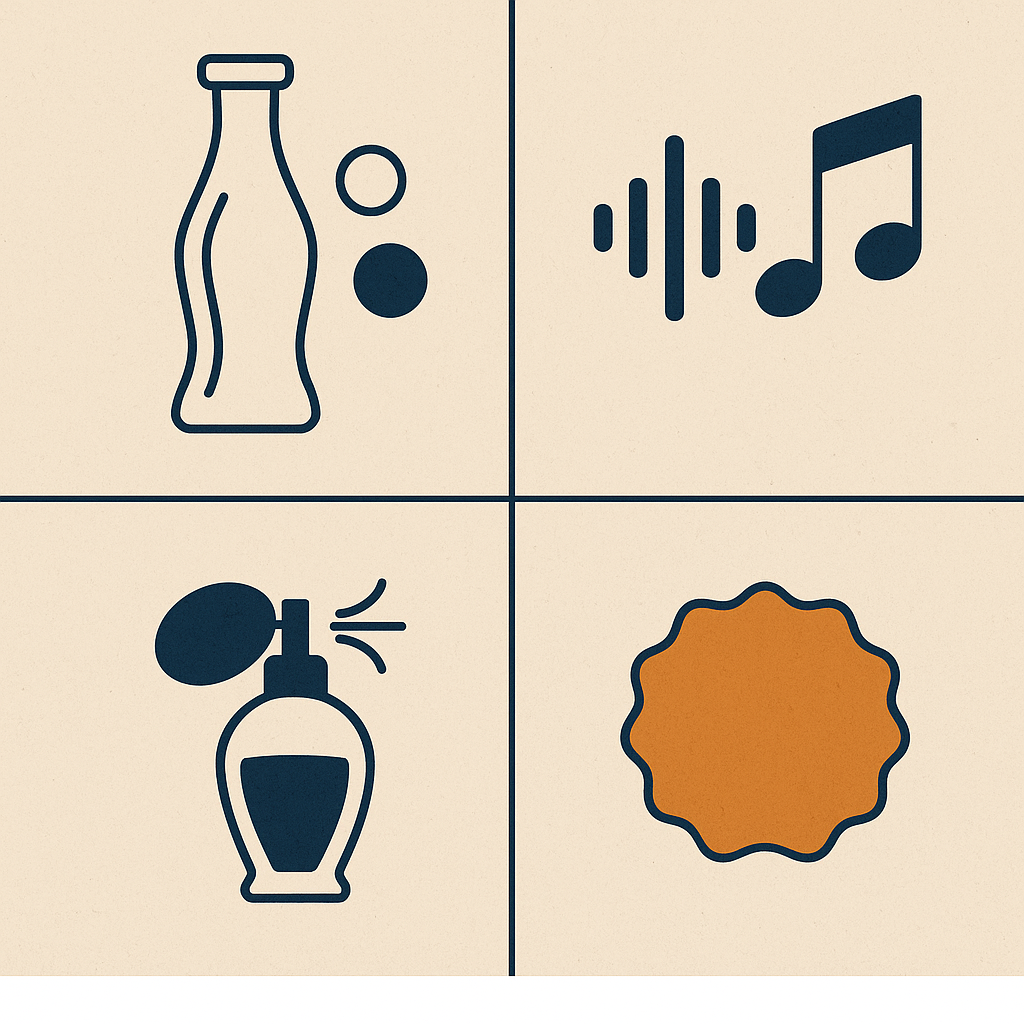Brand Control, Part 10: “The Brand Lives On” — Trade Marks in Exit, Investment, and Succession
 Your brand might be your single most valuable asset. But when serious money is on the table — whether in an investment round, a business sale, or passing the business to the next generation — the question isn’t just what your brand is worth. It’s whether it can stand up to scrutiny.
Your brand might be your single most valuable asset. But when serious money is on the table — whether in an investment round, a business sale, or passing the business to the next generation — the question isn’t just what your brand is worth. It’s whether it can stand up to scrutiny.
💰 IP in Due Diligence
Investors, acquirers, and their lawyers will dig deep. Expect questions like:
-
Does the entity actually own the trade mark registrations?
-
Are they registered — and in the right markets?
-
Are there pending disputes, opposition proceedings, or known copycats?
If the answers aren’t clear, expect your deal timetable (and possibly your deal value) to suffer.
🔗 Assignment and Licensing Clean-Up
A surprising number of brands have messy ownership histories. Fix them now, not during due diligence:
-
Ensure every assignment is documented — especially transfers from founders or prior owners.
-
Identify and resolve any co-ownership or “grey” IP where a contractor or third party may have rights.
-
Review licensing arrangements, particularly where related entities use the brand, to ensure they’re properly authorised.
An untidy chain of title can turn into a deal-breaker.
🧓 Succession Planning
For personal brands and family-run businesses, registered trade marks make succession far smoother. A registered right can be assigned or licensed in a clean, documented transfer — helping preserve not just the name, but the goodwill behind it.
💡 IP Mojo Tip
Your brand won’t retire when you do. If you want it to survive a sale, investment, or handover, protect it like an asset — not a slogan. A clean title today can be worth millions tomorrow.
 Your brand might be born in a garage, a studio, or a co-working hub — but if your business has international ambitions, your trade mark strategy needs to grow up fast.
Your brand might be born in a garage, a studio, or a co-working hub — but if your business has international ambitions, your trade mark strategy needs to grow up fast. Registering a trade mark isn’t the end of your brand protection journey — it’s the start of your enforcement strategy.
Registering a trade mark isn’t the end of your brand protection journey — it’s the start of your enforcement strategy. When most people think of trade marks, they picture logos or brand names — the usual suspects. But in the eyes of the law, a trade mark is any “sign” capable of distinguishing your goods or services. That opens the door to a broader, bolder set of brand assets.
When most people think of trade marks, they picture logos or brand names — the usual suspects. But in the eyes of the law, a trade mark is any “sign” capable of distinguishing your goods or services. That opens the door to a broader, bolder set of brand assets. Registering a trade mark is a powerful step in protecting your brand — but it’s not a “set and forget” exercise. A trade mark registration gives you exclusive rights, but only as long as you’re actually using the mark. If not, those rights can be challenged — and even removed.
Registering a trade mark is a powerful step in protecting your brand — but it’s not a “set and forget” exercise. A trade mark registration gives you exclusive rights, but only as long as you’re actually using the mark. If not, those rights can be challenged — and even removed. Trade marks are valuable assets — but like any asset, their value depends on who owns them.
Trade marks are valuable assets — but like any asset, their value depends on who owns them.